We’ve done the Mille Miglia before, so why not the Tour de France?
I know, the TdF is a bicycle race, but that’s an exercise for young men, fitness freaks and fools [some redundancy]. Also for soldiers of foreign extraction:
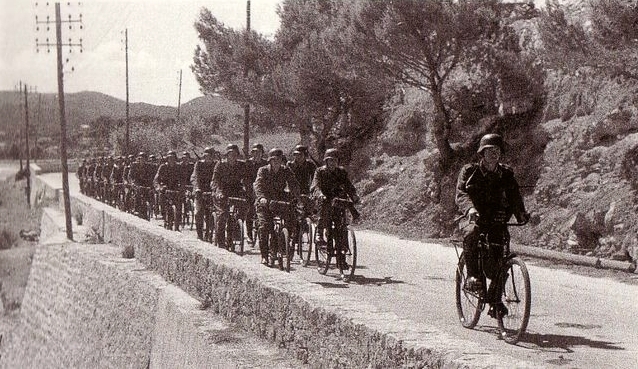
…but let’s not go there.
This time, we’re going to do the thing in cars.
Now annoyingly, the course changes every year (unlike the Mille Miglia) because it’s organized by Frenchmen, but let’s just go with the one below (don’t know the year, maybe 2008):
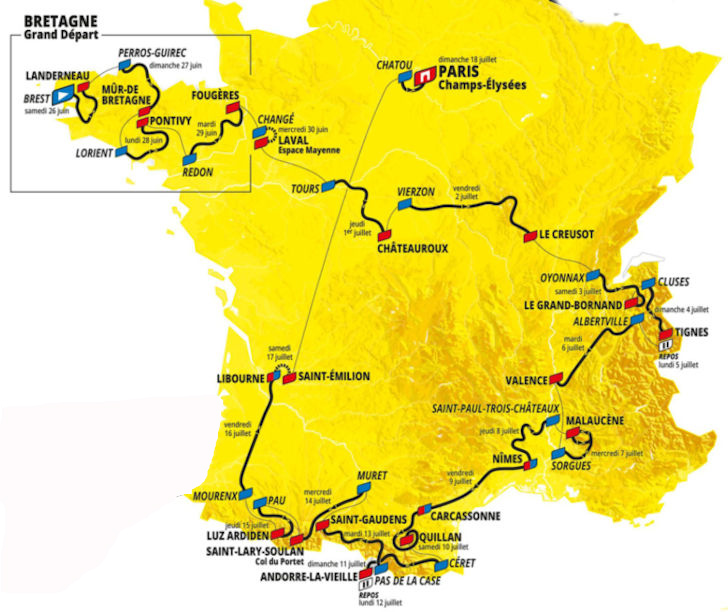
You’re going to start in Brest on the west coast, take a huge loop around the country, and then up to Paris for the finish. Assume the dotted lines will be roads.
Now the fun part: I’m going to divide it into three stages, and you must use a different car for each stage. And you can only use cars made in Europe (including the U.K.). Also, no GPS devices or software like Google Maps are allowed: paper maps only.
Stage 1 will be the road from Brest to Le Creusot. It’s largely flat, some rolling hills but nothing that a car of any vintage couldn’t handle. So: nothing made after 1960.
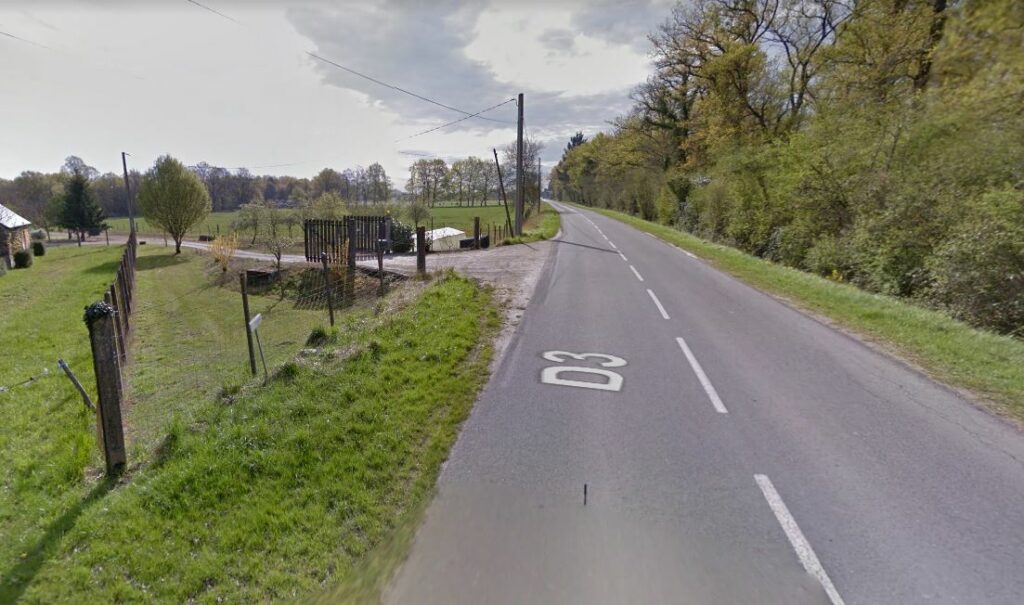
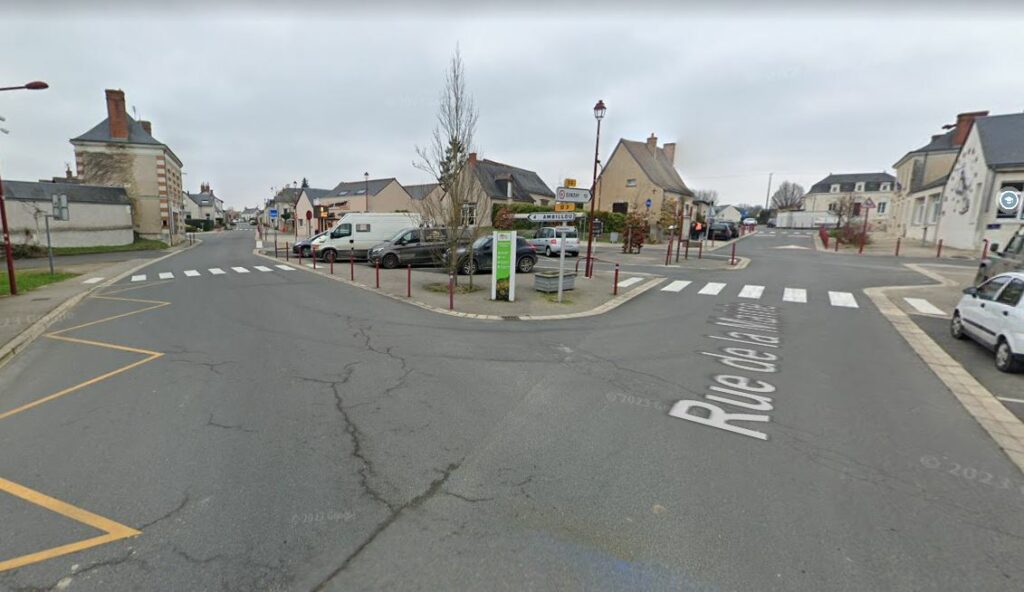
Stage 2 will be mountains, mountains and still more mountains, from Le Creusot along the Alps, thence above the Midi coast to the Pyrenees, ending in Mourenx near the Atlantic coastline. (I’ve done a tiny part of the lower stage along the Midi, and it’s both beautiful and taxing.) Speed, therefore, is not a premium, but roadholding most definitely is. As for the car: anything made between 1960 and 1990.

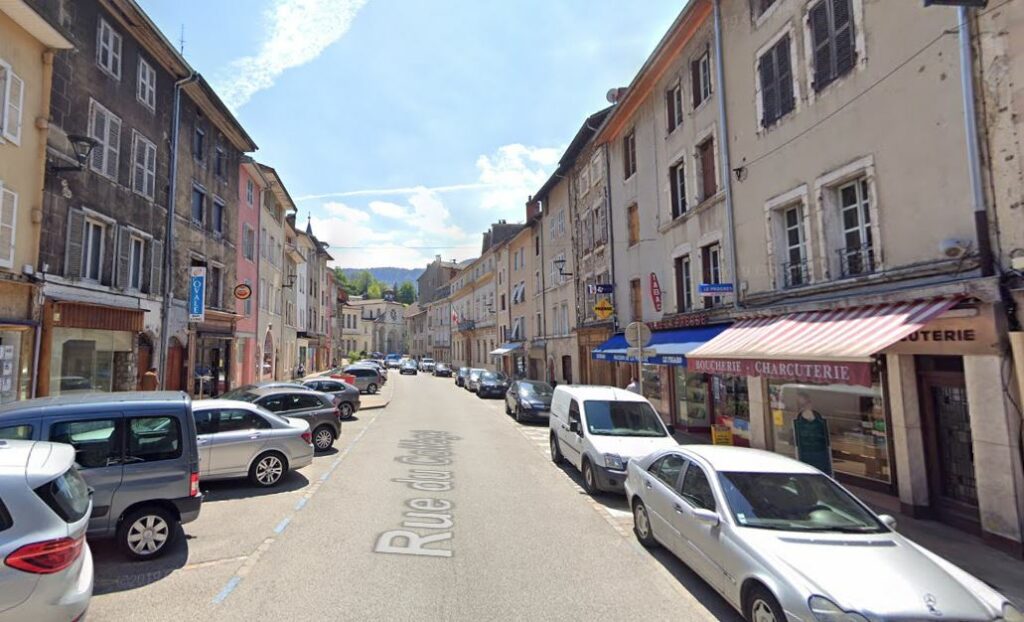
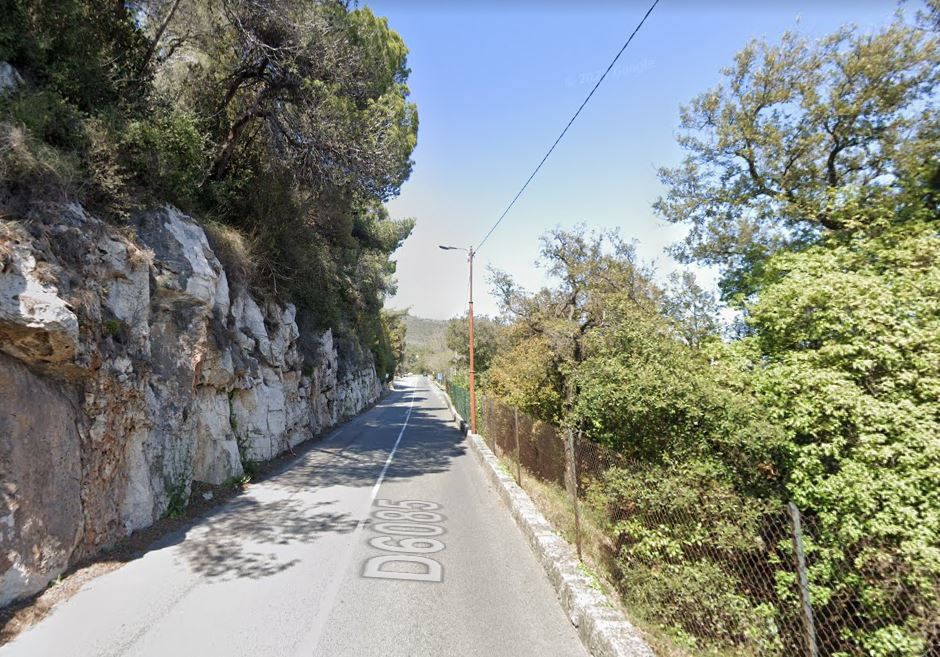
Stage 3 is from Mourenx to Paris — a flat-out dash over flat land along mostly straight roads which can be taken at any speed. When you get to Paris, you’ll have a celebratory dinner at one of Paris’s finest restaurants. The car: 1990 until today. (Indulge yourself, if you want, in a modern dream car, something that would look good as you show up at the George V or Ritz hotels.)
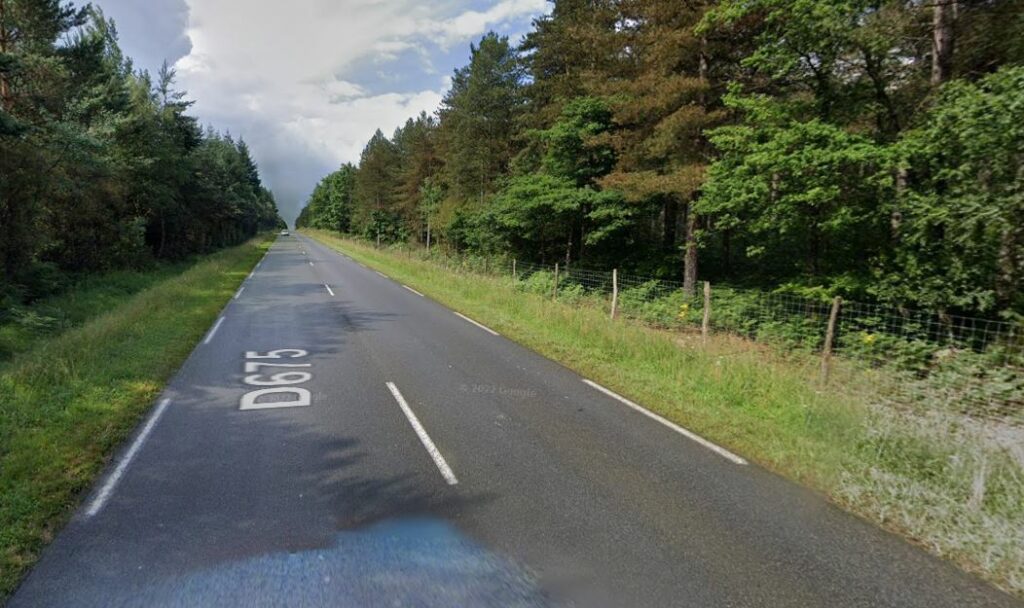
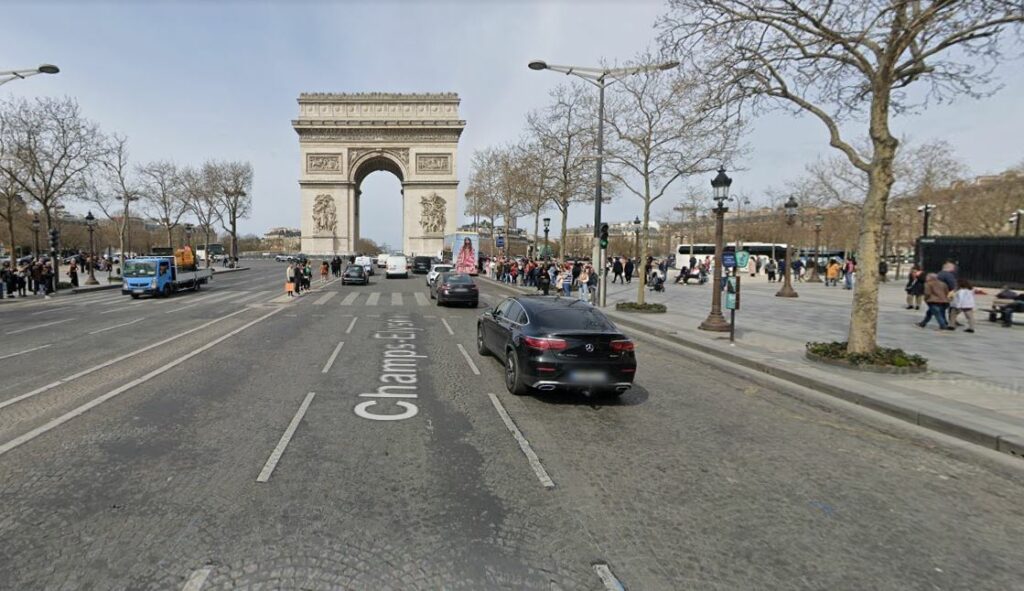
There are a couple of caveats: the TdF does not do highways or even wide roads. They are narrow, sometimes run through small towns (much like the MM), and the road signs can be baffling — sometimes, U-turns may be necessary. It’s an adventure, and more often than not, the shortest way is not necessarily the prettiest.
Finally, you’ll probably want a French companion, for translation etc. purposes. A different one for each stage, so as not to get sick of their nonsense.
I’ll start the ball rolling with my choices:
Stage 1 (<1960):
1956 Citroen Traction Avant 11B
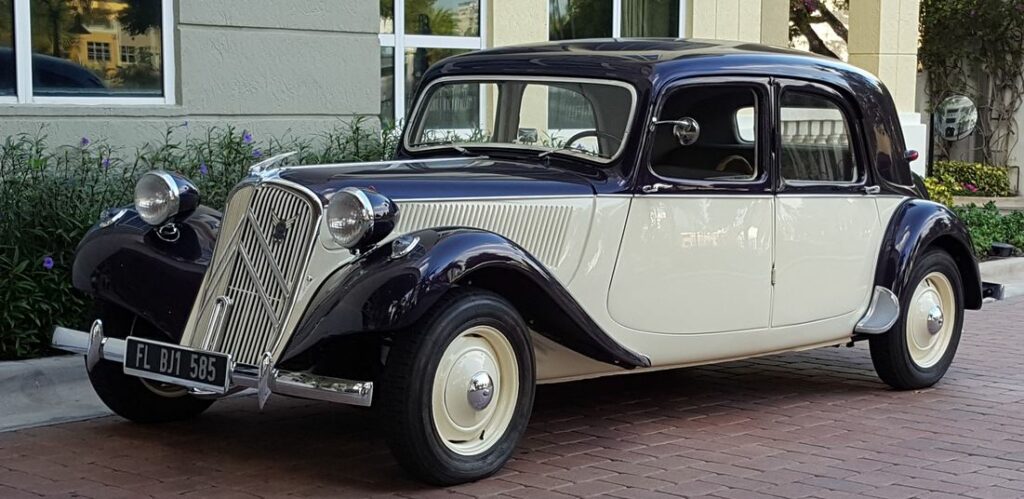
Comfortable, reliable, can drive all day at 60mph.
And my translator for this stage:
Anouk Aimee, as pictured

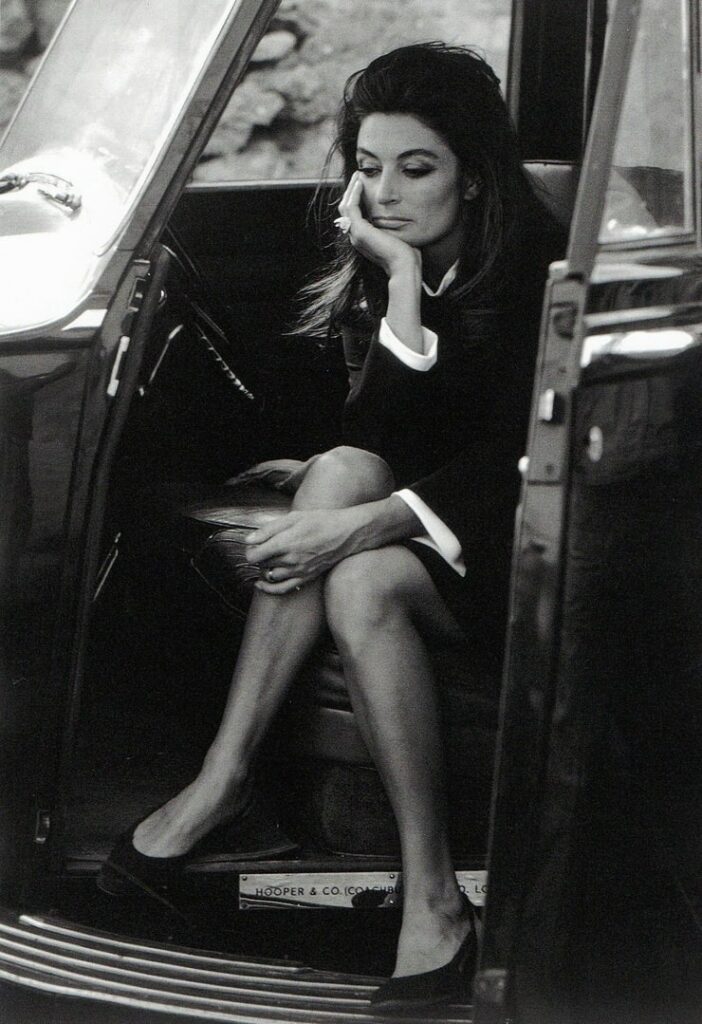

Stage 2 (1960 – 1980):
1968 Alfa Romeo Giulia Super 1600
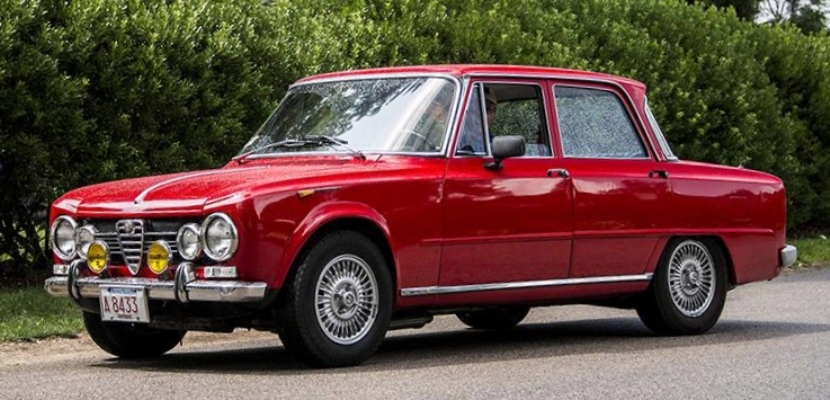
Speedy, superb roadholding for those twisty mountain roads, has a large trunk and is surprisingly comfortable. Also, amazingly, it’s quite reliable for an Alfa — I think they’d finally figured out how to make all its components work together and not fall apart too often.
Translator:
Juliette Binoche

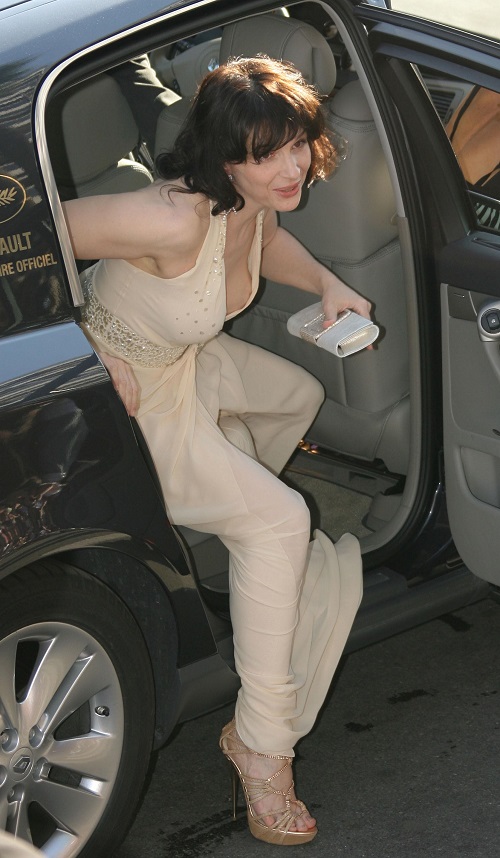

Stage 3 (>1990):
2013 Aston Martin Vantage Roadster
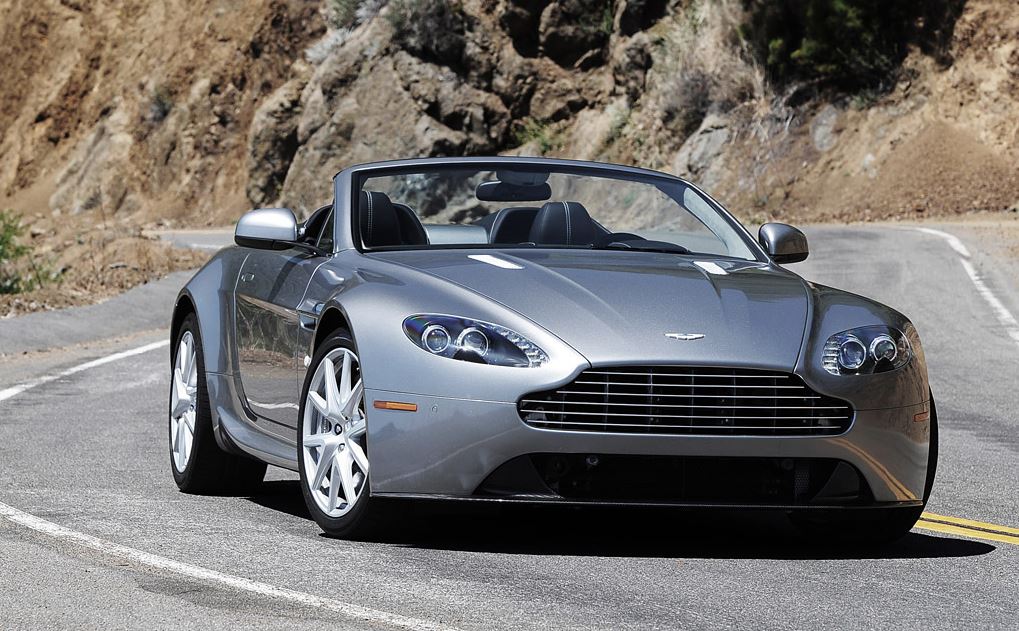
Speed, comfort, classy (for that arrival in Paris). And speaking of class…
Translator:
Catherine Deneuve

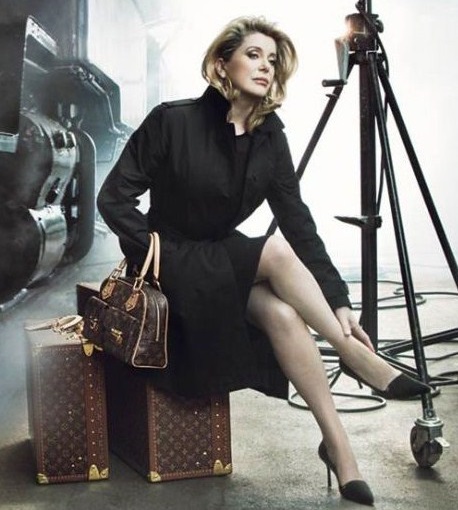
The morning after the dinner…

The trip could take quite a while. Months, even.

You have an error in your requirements, I think. For Stage 1, you say “Nothing made before 1960”. Shouldn’t that be “… after 1960”?
Unfortunately, I don’t have time today to actually enter the contest.
this is quite the challenge.
Passengers would be any one of Liz Hurley, Ann Margret, Yvonne Strahovski, Margot Robbie. why waste time with a translator?
Cars? one that breaks down every couple days and is the hardest to get parts for.
JQ
I’d opt for a completely restored 1959 Mercedes 190SL for all three of those stages. Underpowered by today’s standards, but fully capable of mountain touring and one of the best-handling vehicles ever made.
Traveling companion? Nah, just look at the size of Miss Deneuve’s suitcases in the second picture. You couldn’t get even one of those into the trunk of the 190. I’d get tired of the whining about the sun, wind, and noise of the convertible within the first 50 miles and dump her at the first small town. No matter how beautiful she might be, somebody somewhere is tired of her BS.
What part of “different car for each stage” was not clear?
Sorry about that. Do over?
Stage 1: 1959 Mercedes 190SL (see above).
Stage 2: 1967 Jaguar XK-E (“E-type” in Euro-speak), 4.2L engine with improved brakes and (slightly) improved electricals. Power to handle the flats and straights, handles well enough everywhere else.
Stage 3: For going very fast in relatively straight lines, a 2014 Dodge Viper with the 8.4L (640HP) V-10 engine, claimed top speed of just over 200 MPH. They DO have gas/petrol stations in France, right? Parking in Paris might be a problem, but just turn the keys over to the parking valet and watch his eyes light up until you mention you’ve engaged the rev limiter.
What part of “only European or British cars” was not clear?
In keeping with rolling into Paris, you have to use something German and large, preferably armed. They are used to that.
Only the AMG G63 6×6 would fill that bill.
I was going to suggest a Volkswagen Kübelwagen, but, perhaps I don’t think grandly enough.
Stage 1: Citroen DS. Pneumatic everything. Smoothest ride ever. Edith Piaf. I keep my eyes on the road, so her voice keeps me company.
Stage 2: Alpine A110 A bit sports car, a bit rally car. Brigitte Bardot. A quick glance at the shifter gives me a quick view of her legs.
Stage 3 1993 Peugeot 905. A FAST sprint to the finish line. No extra seat, so no passenger.
I like your stage 2 choices.
First stage – Rolls Royce Phantom V. Decent power for the time, but primarily designed for comfort.Translator – Jeanne Moreau.
Second stage – Porsche 944 Turbo. Power and excellent road handling. Translator – Ornella Muti.
Third stage – Bugatti Veyron. Flat and fast is what this car does. Translator – Carla Bruni.
And not a single gun store along the way. Meh…
Did nobody else here ever see the movie “The Yellow Rolls-Royce” starring Catherine Deneuve?
All Mercedes handle pavé extremely well. Citroëns and Peugeots were designed to be driven across a ploughed field and the old Jaguars had surprisingly compliant suspension.